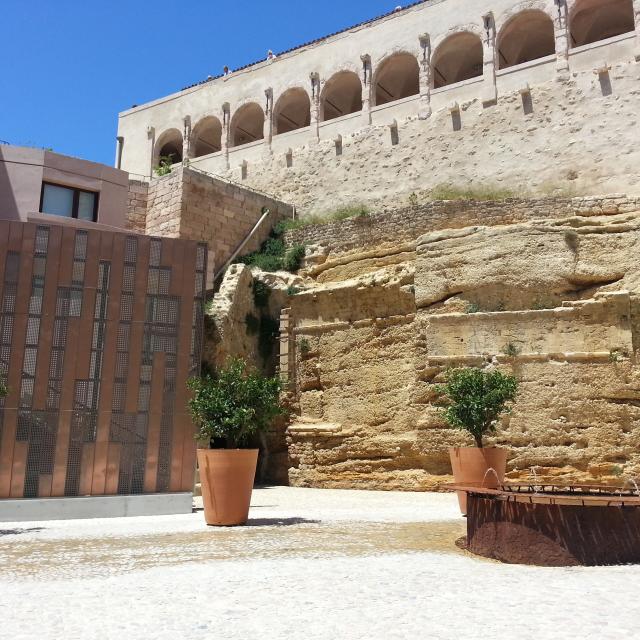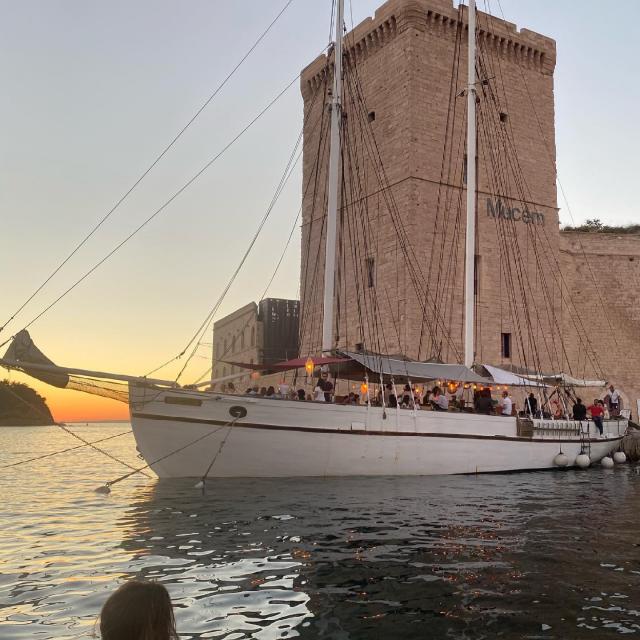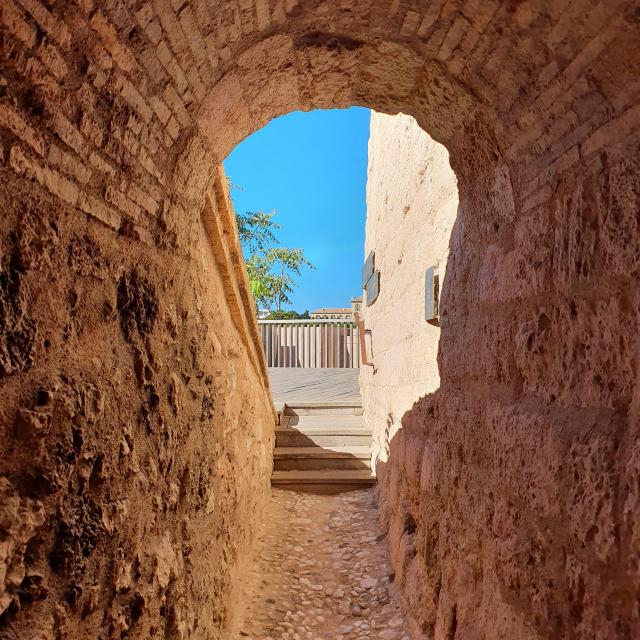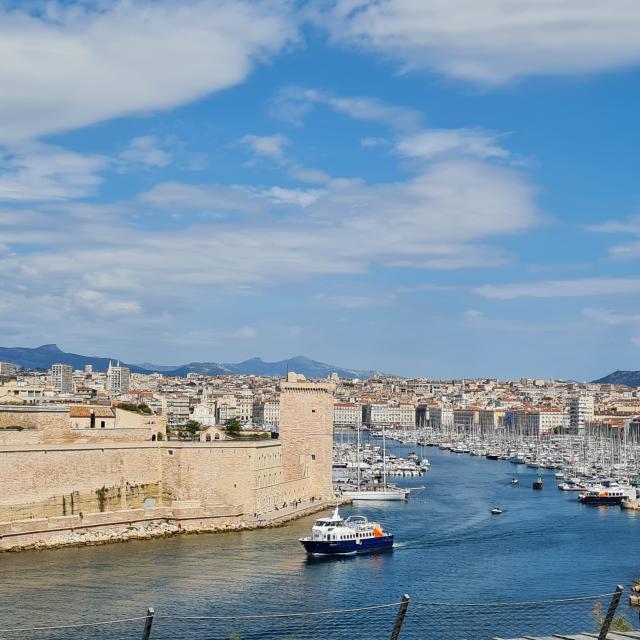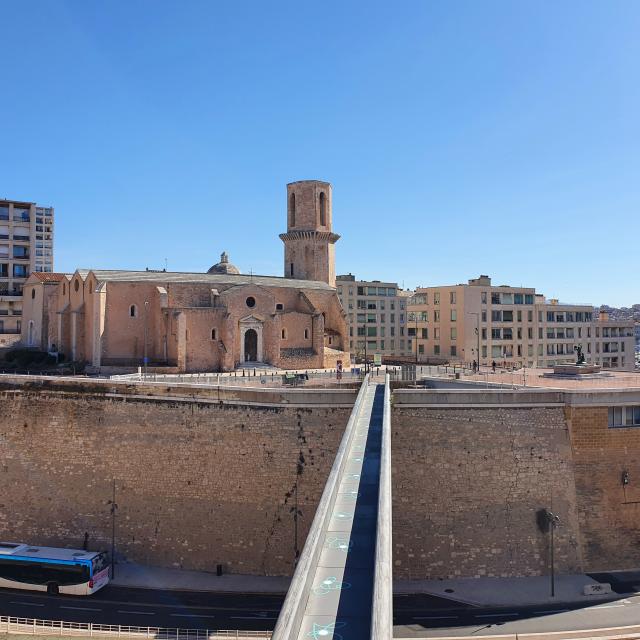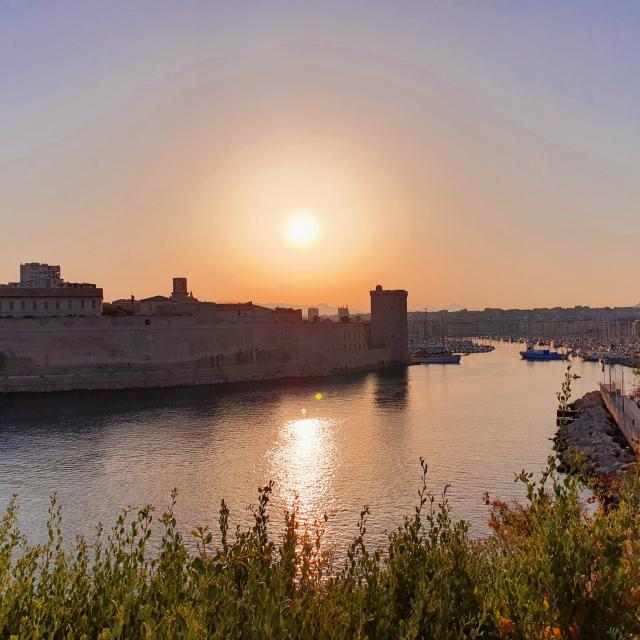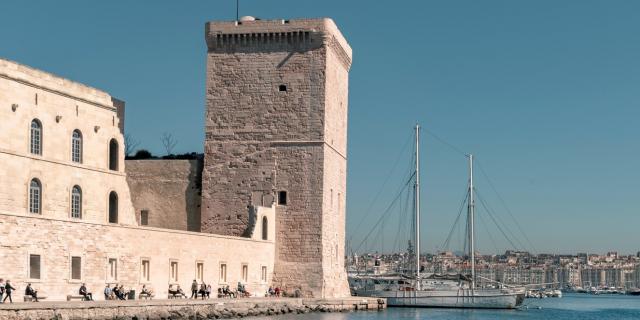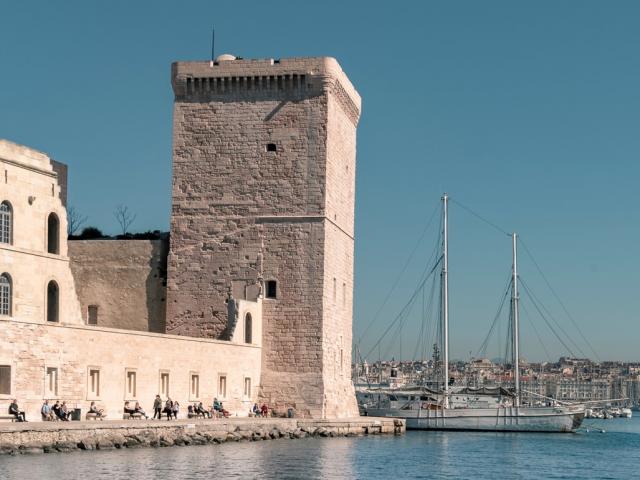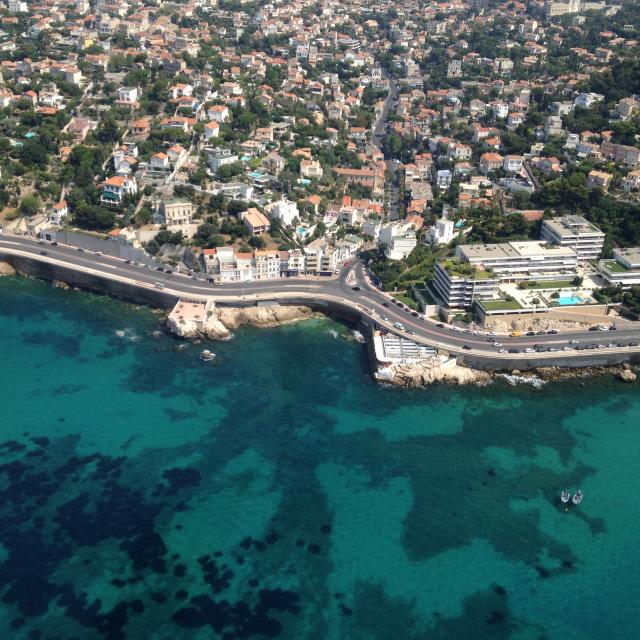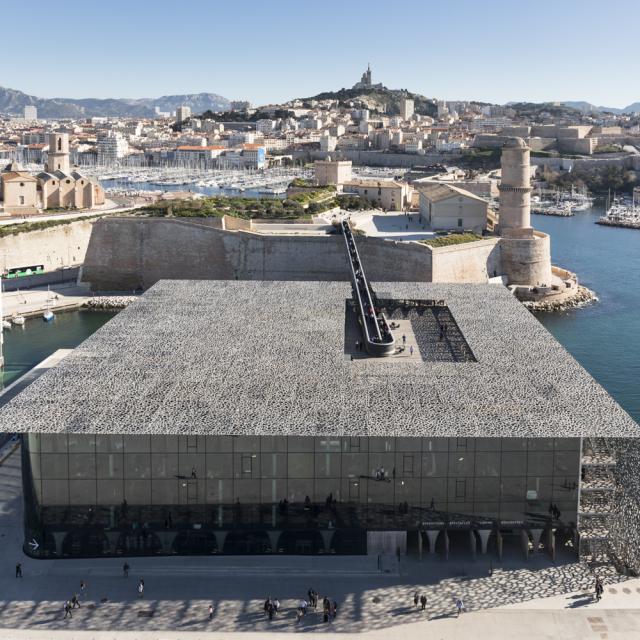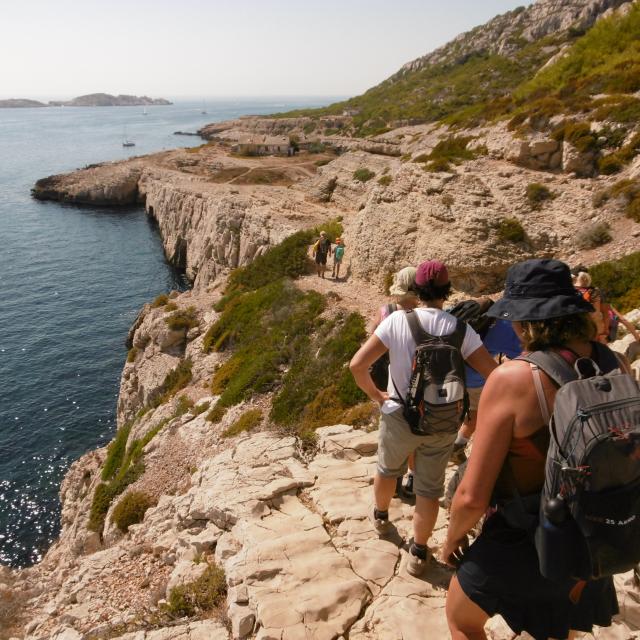The famous history of Fort Saint-Jean
Return to 1655
The city of Marseille experienced a period of great conflict with King Louis XIV from 1655 to 1660, when the latter went to Fort Saint-Jean on 2 March 1660 in order to re-establish his authority by reinforcing the port with the construction of two works at its entrance (one to the south and one to the north of the port), as well as a galley arsenal.
In 1679, under the revolt of the people of Marseille, a rebellion was started against the order of the King of France. A moat was dug from Vauban to the port. The ditch was used for military purposes until the revolution, when it was transformed into a state prison.
In the 20th century, during the Second World War, the Germans took over the fort to store their ammunitions. In August 1944, the ammunitions accidentally exploded, destroying a large part of the building.
The origin of the name “Fort Saint-Jean” comes from the 12th century, in honour of the commandery of the Hospitallers of Saint John of Jerusalem. At that time, the commandery consisted of a church, a chapel, a hospital and the commander’s palace, all of which were completed in the year 1365. At the same time, the Hospitallers decided to build a tower next to the Tower of St. John: the King René Tower (as it is now called). This tower is one of the most beautiful buildings in Marseille that still stands today.
For the record, remains of the first Greek occupation in the 6th century BC have been found in the same area.
The city wall destroyed during the war was partially rebuilt in the 1970s. The courtyard of the King René Tower was renovated in the early 2000s.
At present, the ramparts of Fort Saint-Jean are divided into two levels (lower and upper). In the lower part, you can find the square tower of King René, a square marking the entrance to the officers’ gallery, a DRASSM (Department of Subaquatic and Underwater Archaeological Research) building and a chapel. In the upper part of the Port, you will find the officers’ gallery, the demolished former barracks and the round lantern tower. For more details on the Fort, do not hesitate to take part in the guided tours organised, so that you can ask all the questions to the experts of Marseille.
